CEO says it remains at least 15 years out. Some think it should never be an option.
by Allen Best
In case he didn’t get the message in August, Phil Washington, the chief executive at Denver International Airport, was reminded repeatedly at a meeting in Denver on Tuesday evening that many people distrust nuclear technology.
The meeting at Green Valley Ranch was the last of four community meetings as DIA explains why it will be putting out a request for information in January about how to expand its electrical supplies. More than 100 people were there to hear Washington, some to ask pointed questions and air grievances.
An audience half to two-thirds smaller had been at the Westin hotel adjacent to the airport two weeks before. There, he had laid out DIA’s case somewhat differently. Washington said DIA expects that existing electrical demand of 45 megawatts will grow to 300 to 400 megawatts during the next two decades. Tuesday night Washington described growth in some individual sectors without specifying total growth in demand.
More markedly different was how Washington explained DIA’s relationship with its current supplier, Xcel Energy. At the previous meeting, he said several times that the airport is not confident than its “current electrical supplier” will be able to deliver the electricity it needs. In this meeting, he described DIA’s work being to ensure “redundancy” as necessary to have adequate supplies.
At this week’s meeting, Washington made no mention about lack of confidence in Xcel. Instead, he made a point of saying that what DIA does might be in tandem with Xcel’s plans. “We’re not excluding anyone,” he said of Xcel.
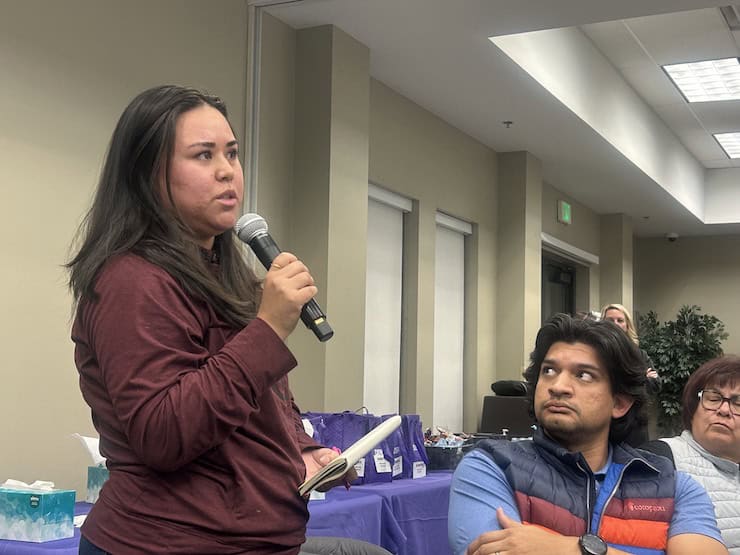
Mayra Gonzales was among those who urged DIA to make the health of the nearby citizens of Green Valley Ranch a priority as they assemble generation at the airport. Top: Phil Washington, the CEO of DIA, said that no small modular nuclear reactor is being planned but suggested that all ideas will be on the table in planning for the next 20 to 25 years. Photos/Allen Best
Still, questions hung in the air, and Jeff Ackermann, a Denver resident and former chair of the Colorado Public Utilities Commission, asked them:
“Are you planning to own your own generation? Are you planning to sell (the electricity)? Do you see yourself as a utility? What is your relationship with Xcel? Do you see yourself being part of the franchise? These are the questions of interest.”
Washington’s answer: “We don’t know what we want to be yet. We have to get information. We have to digest the information and determine where that leads us. What we’re talking about is a long-term plan that we can put in place for the airport for 20, 25, to 30 years that is the blueprint, the plan we want to leave our successors. So, I am not ready to stand here and say we will be totally energy independent. But that could be an outcome.”
Ackermann had also advised Washington and his team to “set aside the issue of nuclear and put it in a different room and come back to it in a few years. “We might have better luck with that,” he said. “That’s not going to be an easy one, but I would set that aside from the rest of your conversation.
Washington replied that he and his team know that small modular reactors won’t happen soon. “We know the technology won’t be ready for the next 15 years or so. We know that. But we will have the information.”
For many listeners, Washington’s assurance that DIA will just gather information was unsatisfactory. If DIA already knows that the technology of small modular reactors falls short, then why try to get the information now? asked a woman. She also mentioned the absence of an adequate solution for nuclear waste anywhere in the world.
Mayra Gonzales was among several who expressed concerns about impacts to water and more broadly to public health. Others similarly expressed worries about impacts to health of whatever DIA does. They want their health to be a priority in the decision-making process.
“I grew up on the south side of Chicago in public housing in the middle of landfills, a place called Altgeld Gardens,” replied Washington. “It was nicknamed the Toxic Donut because there were so many landfills and hazards all around that community. So we’re not going to offer something up that hurts people. We are getting information to bring back to the community. That’s all we’re doing right now.”
Green Valley is an isthmus of Denver, the municipality, located along Peña Boulevard and near DIA. Green Valley and Reunion, a neighborhood in Commerce City, are those most proximate to the airport. Many from Denver’s Montbello neighborhood were also at the meeting.
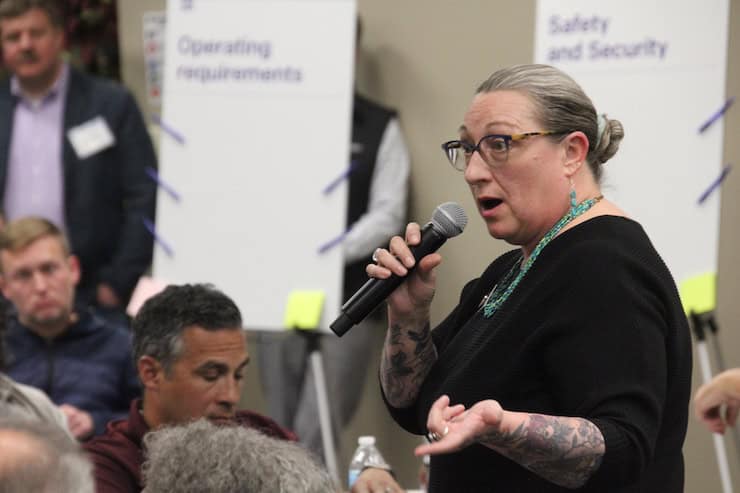
Denver City Council member Stacie Gilmore galvanized skepticism about DA’s solicitation of ideas for a small modular reactor. Photo/Allen Best
Seemingly central to the conversation was Green Valley’s representative on the Denver City Council, Stacie Gilmore, who sat in the middle of the room. In early August DIA issued a request for proposals for a small modular reactor. Gilmore then raised questions that forced the airport to shelve the request.
Gilmore may have been responsible for the presence of Alan Salazar, the chief executive of Denver Water, who was among the first of several dozen people to speak.
Salazar said that sometimes water utilities confine themselves to thinking about how to deliver water but assume it’s somebody else’s problem to worry about energy. Climate change and scarcity now require energy and water planners to be in the same room.
“I wanted to be here at the front end of the conversation to assure you that the utility that you rely on, Denver Water, is part of this conversation. Wants to be part of the conversation. Wants to know what these alternatives might look like, so we can help determine the impacts on water usage and water security,” he said. He credited Washington with thinking ahead, as water utilities must, for 25, 50 and 100 years.

Alan Salazar, the CEO of Denver Water, said his agency will be involved with discussions about the water needs of energy as DIA sets out to make sure it has adequate energy supplies. Photo/Allen Best
Then Salazar veered his comments to data centers. “You’ve heard about artificial intelligence and the way that may change our economy. You’ve heard conversations about data centers. The demand for electricity is exponentially higher going forward than it has been at least in my lifetime,” he said. “Where are those data centers going to be built?”
“I don’t want to turn this into a data center conversation, because that’s a whole other topic, but I am concerned that we look to the future in a way that is sustainable, that is consistent with what nature can.”
Still unanswered exactly is how much of DIA”s projected growth in demand for electricity will be for airport operations and how much might be needed for uses on land controlled by the airport. It has 53 square miles, second only to an airport in the Middle East.
As for passenger traffic, DIA ranks 6th in the world. Traffic has grown far more rapidly than was projected at the airport’s opening in 1993, and Washington pointed to growth in non-passenger traffic as a reason for expanded electrical needs. Too, being part of Denver, it has a goal of carbon neutrality.
For background on what DIA says it needs and why, see this story from Nov. 13: “After misstep about nuclear, DIA now looking at all energy options.”
- How about just closing Comanche 3 for good? - November 21, 2025
- Will nuclear ever be an option for DIA? - November 20, 2025
- Many eyes on the Colorado River. The Rio Grande may be more urgent. - November 20, 2025

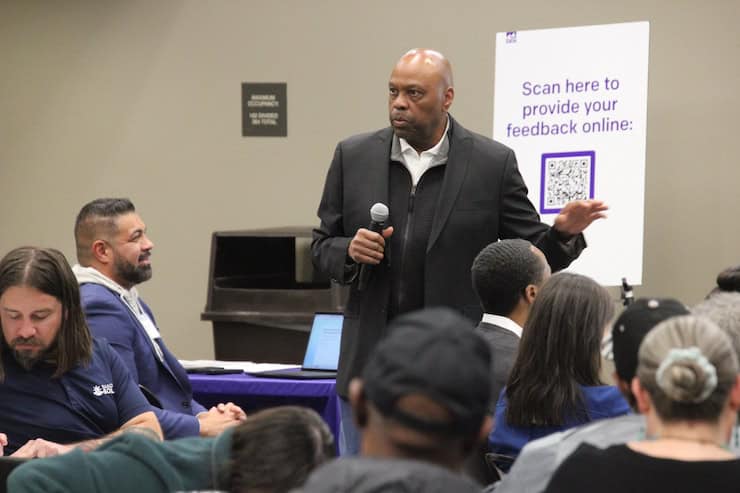
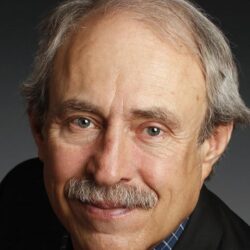
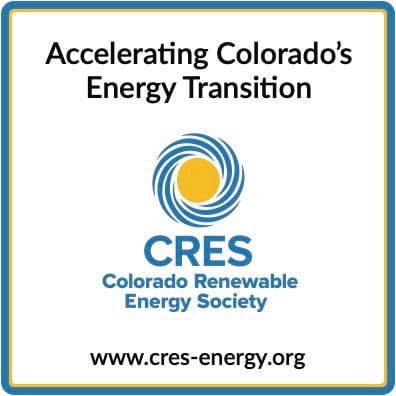



DIA would do well to consult with Dr. Chuck Kutscher or watch his presentation for the Colorado Renewable Energy Society from April 2025, “Nuclear’s Promise for Colorado – Hype or Hope?” Kutscher is not opposed to nuclear in general (he has an M.S. in nuclear engineering) but raises sober concerns specifically for Colorado and SMRs. Kutscher is a Fellow of the Renewable and Sustainable Energy Institute (RASEI) at the University of Colorado Boulder.
https://youtu.be/Q16X5LshfMg?si=LoQeBX326NjEUA1E